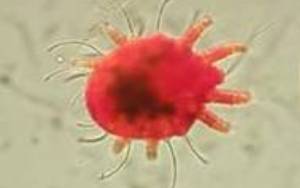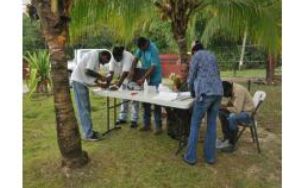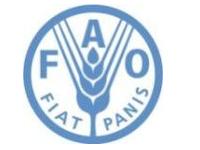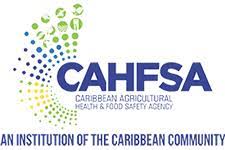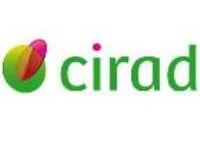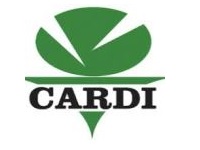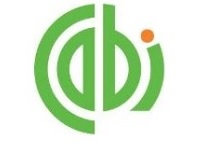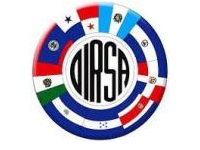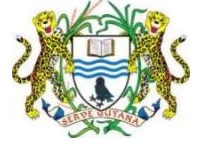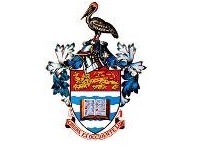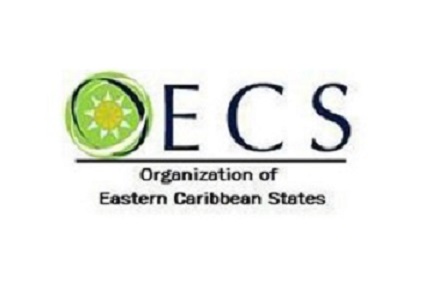Red Palm Mite
Red palm mite, Raoiella indica Hirst (acari: Tenuipalpidae) is a pest of coconut, areca palm and date palm in the Eastern Hemisphere – Egypt, India, Iran, Israel, Mauritius, Pakistan, Sri Lanka and Sudan. They can be distinguished from spider mites by their red colour, long spatulate setae (hairs) and flattened bodies. Transport of infested plants or plant material appears to be the major mode of spread for this mite. Seed coconuts and handicraft(hats, bowls, etc) have been found to harbour live mites and viable eggs.
Distribution
The 2004 sighting of red palm mite on Martinique was the first in the Western Hemisphere. Since then, the mite has been confirmed in Saint Lucia and Dominica in 2005, and Trinidad, Guadeloupe, Jamaica and Grenada among others in 2006. The mites are usually found on the underside of leaves, often in large groups of hundreds of individuals and are visible to the naked eye. The explosive appearance of red palm mite in these countries makes it a serious pest risk for the Caribbean and sub-tropical regions of the USA. The mite could be an enormous threat to the ornamental palm industry as well as banana, coconut and date production. Significant infestations have been observed in the Caribbean on banana plants (Musa spp., Musaceae), heliconias (heliconiaceae) and gingers (Ziniberaceae).
Control
There are pesticides that can control the red palm mite. The US Institute of Food and Agricultural Sciences (IFAS) is developing treatment protocols and research for long-term, biological control agents is ongoing. Some of the possible biological control agents that have been useful in the Eastern Hemisphere include predatory mites (Phytoseiidae), predatory beetles (Chrysomelidae), lacewings (Chrysopidae) and other mite predators.
-
News about this Priority pest will be posted soon
Development of IPM (Emphasis on Biological Agents for Control-Red Palm Mite)
Entry of Red Palm Mite (RPM), into the Caribbean region in 2004 and Trinidad in
